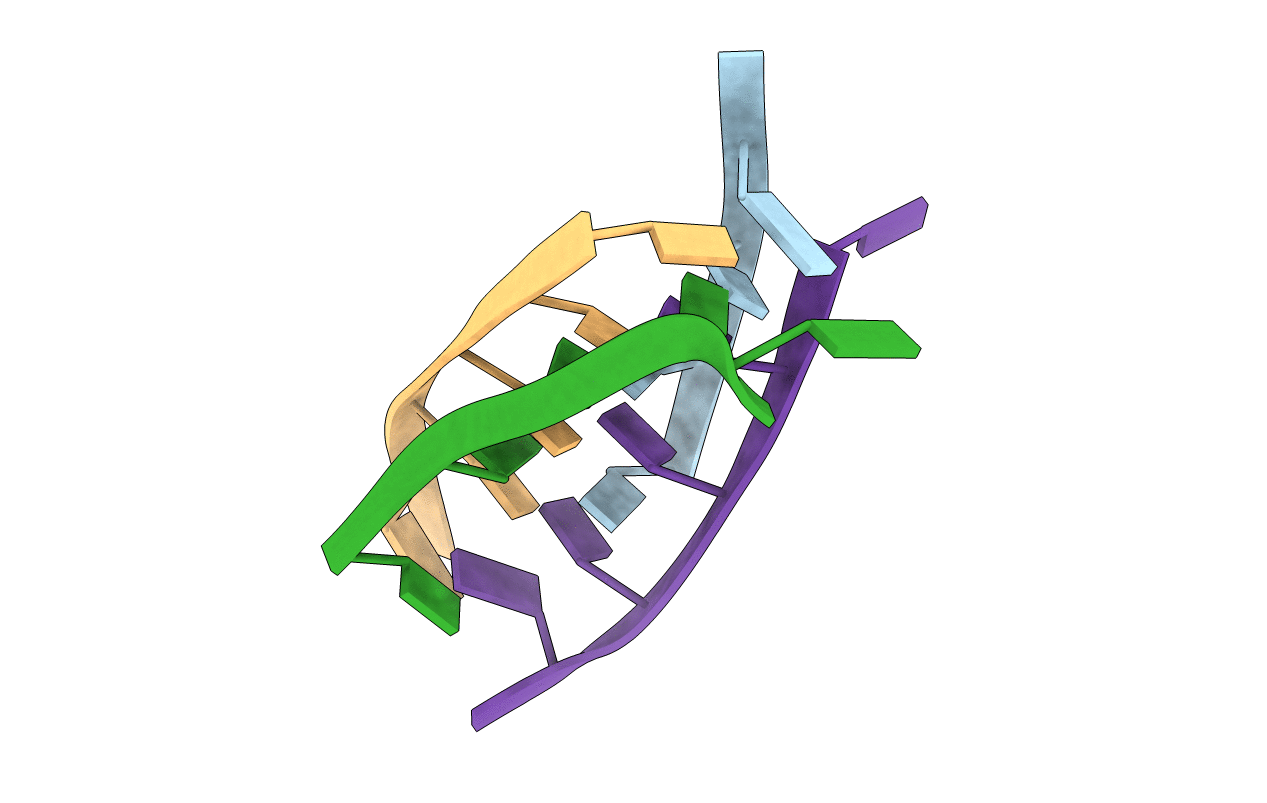
Deposition Date
1998-08-17
Release Date
1999-03-18
Last Version Date
2023-08-02
Entry Detail
Biological Source:
Source Organism:
Method Details:
Experimental Method:
Resolution:
2.20 Å
R-Value Free:
0.23
R-Value Work:
0.19
R-Value Observed:
0.19
Space Group:
I 2 3


